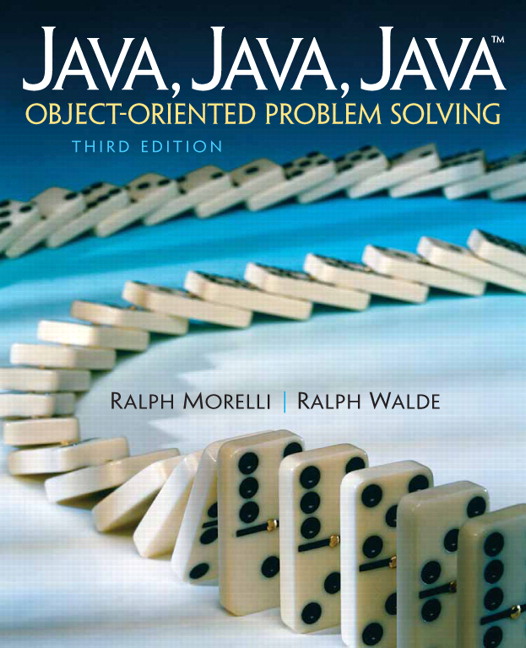Section 6.2 Flow of Control: Repetition Structures
As we saw in Chapter 3, a repetition structure is a control structure that repeats a statement or sequence of statements. Many programming tasks require a repetition structure. Consider some examples.
- You’re working for the National Security Agency trying to decipher secret messages intercepted from foreign spies, and you want to count the number of times a certain letter, “a,” occurs in a document containing N characters. In this case, you would want to employ something like the following (pseudocode) algorithm:
initialize totalAs to 0 for each character in the document if the character is an 'a' add 1 to totalAs return totalAs as the result - You’re working for a caterer who wants to number the invitations to a client’s wedding, so you need to print the numbers between 1 and 5000 on the invitation cards (it’s a big wedding)! In this case, you want to go through each number, 1 to 5000, and simply print it out:
for each number, N, from 1 to 5000 print N on the invitation card - You are helping the forest service in Alaska to track the number of black bear sightings, and you want to compute the average number of sightings per month. Suppose the user enters each month’s count at the keyboard, and uses a special number, say, 9999, to signify the end of the sequence. However, 9999 should not be figured into the average. This example differs a bit from the preceding ones, because here you don’t know exactly how many numbers the user will input:We repeat the process of reading numbers and adding them to a running total “until the number read is 9999.”
initialize sumOfBears to 0 initialize numOfMonths to 0 repeat the following steps read a number from the keyboard if the number is NOT 9999 add it to the sumOfBears add 1 to numOfMonths until the number read is 9999 divide sumOfBears by numOfMonths giving average return average as the result - Student records are stored in a file and you want to calculate Erika Wilson’s current GPA. Here we need to perform a repetitive process—searching through the file for Erika Wilson’s record—but again we don’t know exactly how many times to repeat the process:
repeat the following steps read a record from the file until Erika Wilson's record is read compute Erika Wilson's GPA return gpa as the result
As these examples suggest, two types of loops are used: counting loops and non-counting loops. Counting loops are used whenever you know in advance exactly how many times an action must be performed. Non-counting loops are used when the number of repetitions depends on some condition—for example, the number of data items input from the keyboard or the input of a particular record from a file.
You have attempted of activities on this page.

